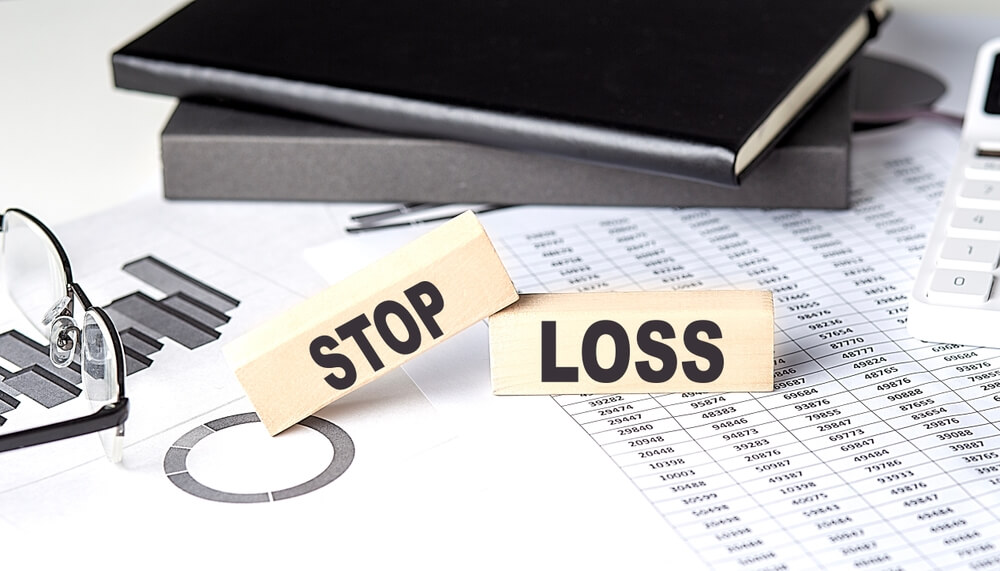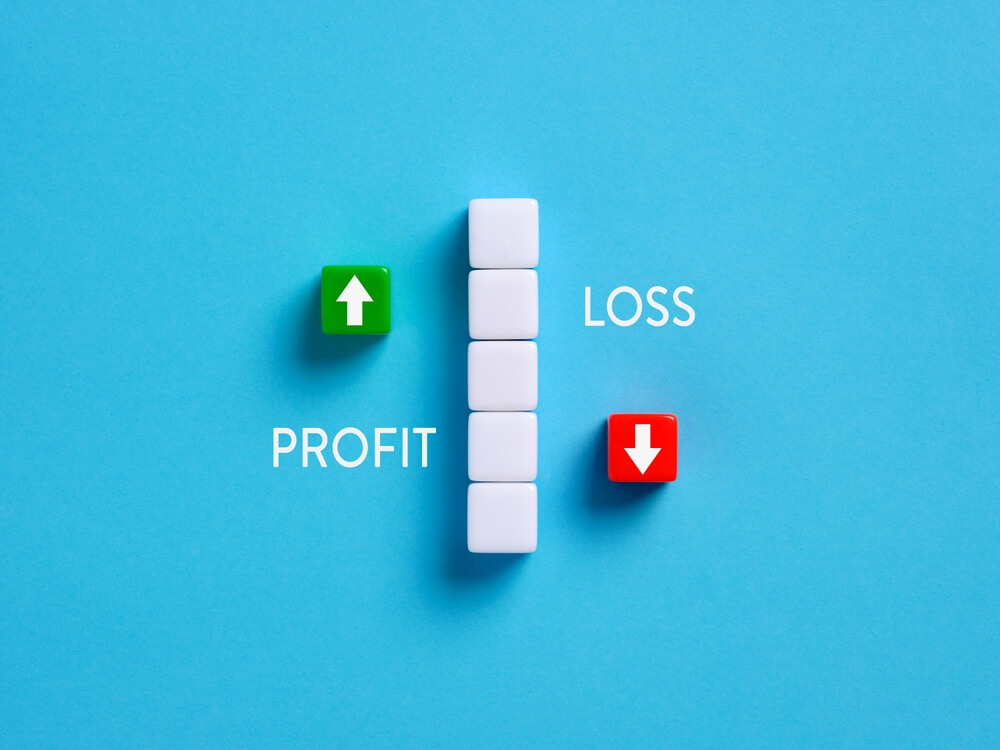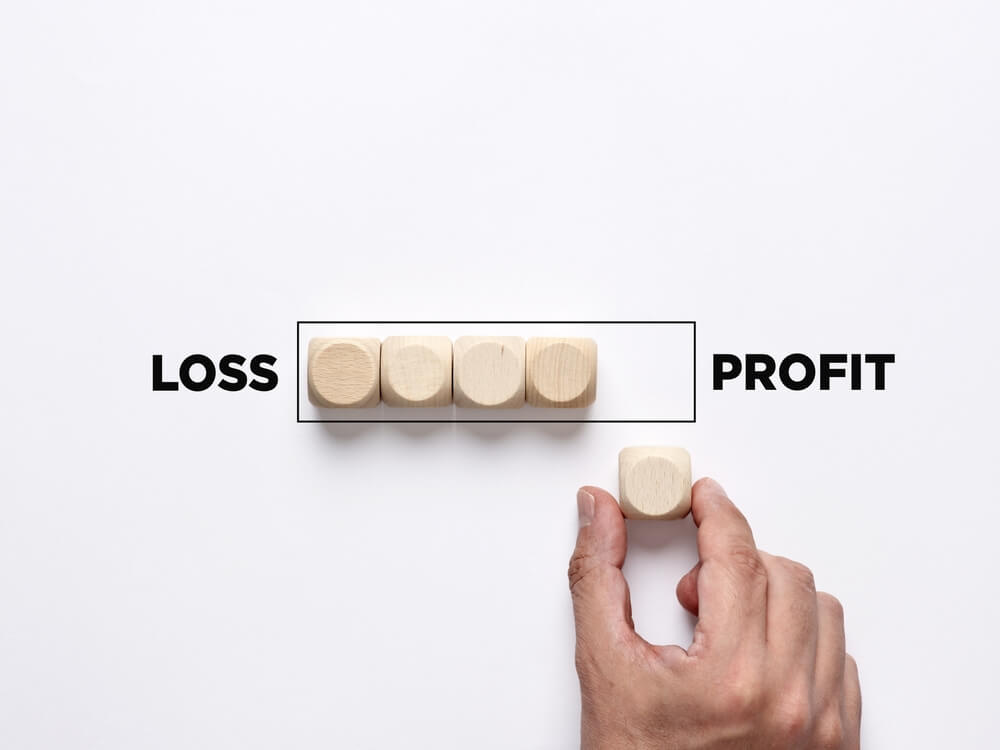Trading isn’t solely about making profits; it involves managing risks. Every trader, regardless of their experience and strategies used, faces the need to protect their capital and increase the profitability of trading operations. In this regard, stop-loss and take-profit orders stand as crucial tools for risk management.
Today, I’ll share effective ways to apply these orders and avoid common mistakes.
What are Stop-Loss and Take-Profit?
A stop-loss is a type of order that allows traders to limit their losses when the price of an asset moves against their trade. If the price reaches a predetermined price limit (the stop-loss level), the trade is automatically closed. This helps to prevent further losses, especially in rapidly changing market conditions.
Take-profit is an order used to close a trade automatically when the price reaches a certain profit level. This order will help you secure profits and close the trade before the price falls.

Why is it important to use stop-loss and take-profit simultaneously?
- Predictability. Pre-set stop-loss and take-profit help to determine the maximum possible losses and profits for each trade, making risk more manageable and predictable.
- Emotional Stability. Automating the process of closing positions reduces the emotional impact on the trader, preventing impulsive decisions based on fear or greed.
- Efficiency. In fast-changing markets, stop-loss and take-profit ensure quick and accurate execution of trading strategies, which is especially important for day traders or in high volatility.
Stop-Loss: Types of Orders
- Standard Stop-loss. This is a basic order that closes the position when it reaches a certain price. Such an order doesn’t change after being set unless the trader changes it themselves.
- Trailing Stop-Loss. This order automatically updates and adjusts if the price of the asset moves in the trader’s favor.

How to Properly Set a Stop-Loss
- First, consider your risk tolerance and decide how much you can afford to lose in a trade if the market moves against you. My advice is to never risk more than 1-2% of your trading capital on any single trade.
- Choose the appropriate type of stop-loss depending on your trading strategy and style (e.g., long-term investing, day trading, swing trading). Tighter stops are suitable for short-term strategies, while wider ones are better for long-term strategies.
- Market conditions constantly change. Regularly review your orders and adjust them if your strategy, market volatility, or other important factors change.

How and When to Set a Take-Profit
- Determine what profit level you consider sufficient and realistic for a given trade. This may depend on your overall trading strategy, market analysis, historical volatility of the asset, and your financial goals.
- Use technical analysis tools such as support and resistance levels, Fibonacci levels, trend lines, and patterns to determine the optimal take-profit level. This way, you can set realistic and justified goals for each trade.
- Consider the risk/reward ratio. Typically, I aim for a risk/reward ratio of at least 1:2 or 1:3.

Formulas and Methods of Calculation
1. Calculating Stop-Loss:
- One of the most common ways to set a stop-loss is to define a fixed percentage of your trading capital that you are willing to risk in a single trade. For example, if you have $10,000 in your trading account and you are willing to risk 1% on a trade, then your risk per trade will be $100.
- Another method of calculating stop-loss takes into account the volatility of the asset and relies on an indicator such as the Average True Range (ATR), which shows the usual fluctuation in price. For example, if the ATR of a stock is $1, this means that its price typically fluctuates by $1 up or down over a certain period. Based on this, you can set a stop-loss $1 below the purchase price for a long position (if you are buying the asset) or $1 above the selling price for a short position (if you are selling the asset).

2. Calculating Take-Profit:
- Predefine the risk/reward ratio for your trades, for example, 1:2 or 1:3. If your stop-loss is set at a $100 loss level, the take-profit for a 1:2 ratio should be set at a $200 profit level.
- You can use key support and resistance levels, trends, or other technical indicators to determine potential exit points.

Using a Calculator for Calculating Stop-Loss and Take-Profit
Using calculators significantly simplifies the trading process, especially if you are a novice or manage multiple transactions. These online tools automate the calculation process based on several key parameters:
- Position Size. Calculators assist in determining the asset portion you can buy or sell based on your capital and acceptable risk level.
- Risk per Trade. You can set a percentage of your capital that you are willing to risk on a single trade. The calculator uses this to set a stop-loss level, ensuring it doesn’t exceed the designated risk.
- Risk/Reward Ratio. This parameter helps determine at what level to set the take-profit. For example, if you want the potential profit to be twice the potential risk, the calculator will help you adjust the take-profit level accordingly.
- Other Parameters. Many calculators factor in asset volatility, current market conditions, and your trading experience. This enhances accuracy in determining stop-loss and take-profit levels.

Which Indicators to Use When Setting Stop-Loss and Take-Profit
1. Volatility Indicators:
- Average True Range (ATR): This indicator presents the average price movement range of an asset over a specific period. ATR assists in setting stop-loss and take-profit by considering an asset’s normal volatility, preventing premature trade closures.
- Bollinger Bands: These lines illustrate the price fluctuations around the average. When the price approaches the upper line, it indicates that the asset is overbought, and the price will soon fall. Conversely, when the price drops to the lower line, the asset is oversold, and the price will soon rise. Using Bollinger Bands, you can set orders for selling or buying.
2. Support and Resistance Levels:
- These levels represent price points where an asset frequently halts its movement, potentially signaling a reversal. Setting the stop-loss below the support level when buying or above the resistance level when selling will help minimize risks and secure profit.
3. Trend Indicators:
- Moving Averages: These indicators show the average price of an asset over a certain period. They help you determine the trend direction. Setting take-profit according to the trend direction or stop-loss in case of its reversal will increase the likelihood of a successful trade.
- MACD (Moving Average Convergence Divergence): This indicator helps identify changes in the strength, direction, momentum, and duration of the asset’s price trend. Use MACD to identify the best entry and exit points.

Common Mistakes When Setting Stop-Loss and Take-Profit
- Stop-Loss Too Tight. Some traders set the stop-loss too close to the entry price, not accounting for market volatility. A tight stop-loss order might trigger too early, resulting in a loss in a potentially profitable trade.
- Unrealistic Take-Profit. Setting unrealistic take-profits that are rarely triggered can lead to missed opportunities during market reversals.
- Ignoring Market Conditions. To avoid unnecessary losses or missed opportunities, regularly adjust your stop-loss and take-profit orders, taking into account the current market conditions and updates in your trading strategy. Be flexible. Adjusting orders in response to market changes will help protect capital and improve trading outcomes.

My Advice to You:
- Even if you are confident in the trade you’re placing, always set a stop-loss to protect yourself against unexpected market movements.
- Stay informed of important news and economic events that may cause market volatility and affect your trading positions.
- Use trailing stops. They can be useful for protecting profits in long trends, allowing you to stay in the trade longer while minimizing risk.
- Do not set stop-loss and take-profit at round numbers. Many traders place orders at round numbers. This can lead to undesirable triggers of your stop-loss or take-profit orders due to short-term price fluctuations caused by mass closing or opening of positions by other traders.
Trading is a continuous learning process. Try to experiment with different settings of stop-loss and take-profit orders, and review your past trades to develop a deep understanding and improve your trading performance.
Wishing you luck and significant profits!





